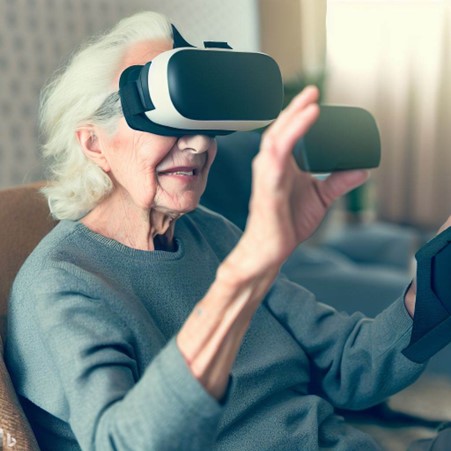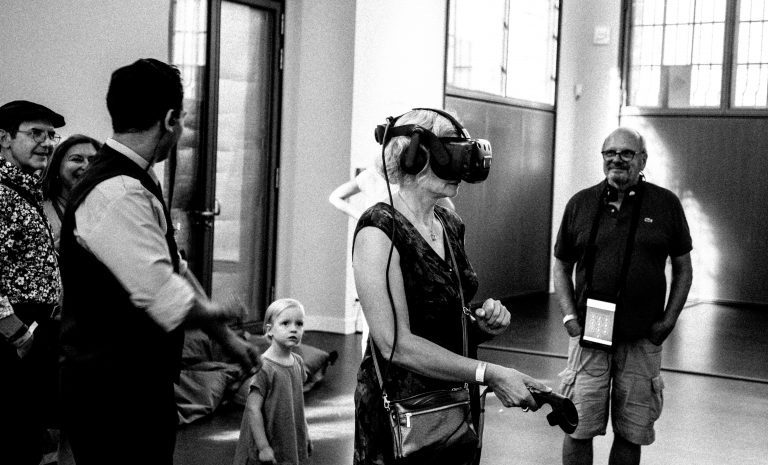From Calming Spaces to Superpowered Avatars: Exploring How VR and AR could Enhance Health and Well-being by Recreating Spatial, Social, and Feedback Reality
Virtual and Augmented Reality technology has seen rapid advances in the past decade. Previously, entering into a virtual environment often meant that users had to put on a heavy enclosed headset connected to a desktop PC through thick cables or wear 3D glasses and walk into a specially constructed video-theatre like room where the 3D…




